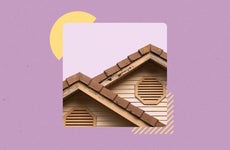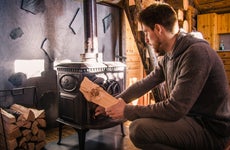Does homeowners insurance cover treehouses?
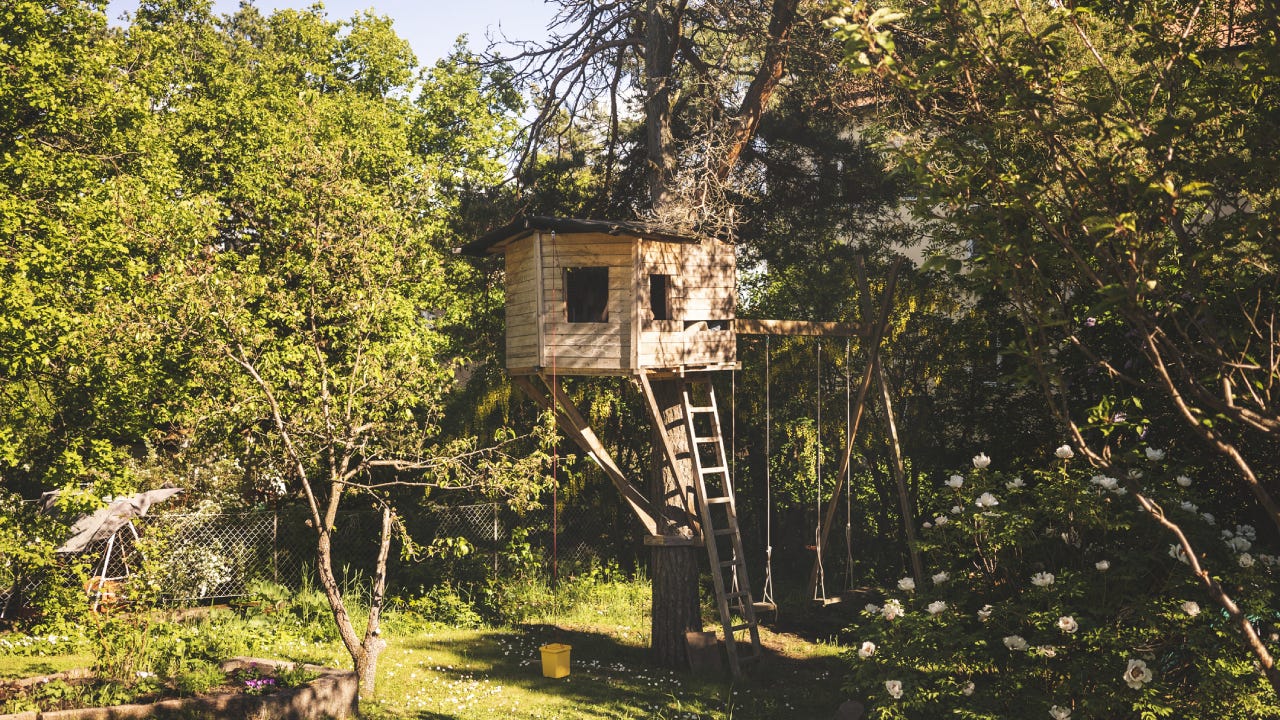
The Bankrate promise
At Bankrate, we strive to help you make smarter financial decisions. To help readers understand how insurance affects their finances, we have licensed insurance professionals on staff who have spent a combined 47 years in the auto, home and life insurance industries. While we adhere to strict , this post may contain references to products from our partners. Here's an explanation of . Our content is backed by Coverage.com, LLC, a licensed entity (NPN: 19966249). For more information, please see our .
Portions of this article were drafted using an in-house natural language generation platform. The article was reviewed, fact-checked and edited by our editorial staff.
A treehouse in the backyard is a dream for many kids, but before you pull out your carpentry skills, you may want to consider how a treehouse could impact your home insurance. Building a treehouse can affect your home insurance coverage, as it could be considered an ‘attractive nuisance’ that poses risk of injury, particularly to children. While some insurance policies may cover treehouse-related damages and injuries under certain conditions, whether your treehouse is covered by home insurance will depend on your insurer and the specifics of your policy.
Does homeowners insurance cover treehouses?
Ultimately, it is up to your insurer to decide if your treehouse is covered under your home insurance policy. Insurers use their own unique underwriting method to determine your premium and which risks they will insure, so whether a treehouse is covered will vary on a company-by-company basis.
If your home insurance policy extends to treehouses, they will be covered for physical damage under the other structures — also known as coverage B — part of your policy. The liability portion of your policy could also help to pay for injuries that result from your treehouse, like if someone falls out and breaks an arm. Standard home insurance policies also include medical payments coverage, which might help in that case as well.
Is a treehouse an attractive nuisance?
A treehouse could be considered an ‘attractive nuisance’ in the realm of insurance. This term refers to items on your property that are both enticing and potentially dangerous, particularly to children. Treehouses, like swimming pools or trampolines, can draw children in without them understanding the associated risks. As a homeowner, it’s important to take proactive steps to ensure these structures are safe and to reduce liability.
Having an ‘attractive nuisance’ on your property could lead to increased home insurance premiums because of the associated risk. While it may be tempting to avoid telling your home insurance company about your treehouse, it’s critical to inform your insurance company about any ‘attractive nuisances’ on your property and consider additional coverage for higher protection limits. If you don’t, your company could deny a claim related to the treehouse or even cancel your policy for withholding information.
When are treehouses covered by home insurance?
This depends on your specific insurance company and policy. Some insurers may cover treehouses without restrictions, while others may require you to implement specific safety measures or even decline coverage due to the associated risks. If you’re considering building a treehouse, insurance experts recommend first contacting your insurance company to find out how it would impact your policy and whether there are any requirements for safety features or increased coverage limits.
Damage to your treehouse
Depending on your insurance policy, you might have some coverage for damage to your treehouse. Under an HO-3 policy, the most common type of home insurance, a treehouse would likely fall under the other structures portion of your policy, which is usually capped at 10 percent of your dwelling coverage limit. So, if your home has a $300,000 dwelling limit, you would have a $30,000 policy limit for other, unattached structures on your property. If you need more coverage for your treehouse, you might need to talk to an insurance agent about raising your dwelling coverage limit.
With an HO-3 policy, a treehouse would be covered on an “open peril” basis, which means it is financially protected from anything except what is specifically excluded from your policy. For instance, if your treehouse is damaged during an earthquake, you likely would not be able to file a claim because earthquakes are an excluded peril.
Treehouse-related injuries
Similarly, your homeowners insurance might cover treehouse-related injuries under certain circumstances. The personal liability portion of your policy could help cover medical or legal costs if a guest gets injured in your treehouse and you are found negligent or liable (up to your policy limits). Even if you aren’t found liable for the injuries, your policy’s medical payments coverage may pay for related medical care. However, coverage isn’t universal and some insurers may exclude treehouses or require specific safety measures. It’s always best to talk with your insurance provider before adding a treehouse to your property to fully understand how it could impact your coverage.
If you’re concerned about the liability risks of a treehouse, you could also consider purchasing umbrella coverage. An umbrella policy provides extra liability coverage designed to kick in once you’ve exhausted the limits of your underlying policies.
How much does treehouse insurance cost?
Technically, treehouse insurance does not exist as a standalone policy. But your home insurance may be able to offer coverage to your new backyard addition under your other structures, liability and medical payments portions of your policy.
When you shop for insurance, you should expect a treehouse to make your home insurance costs go up, but that may not happen in every case. Not all insurance companies will increase rates after a treehouse is added to a property, but some will as a way to compensate for the added risk that comes with the structure. If you need to increase your other structures, liability or medical payments coverage to account for the added risk, though, you’ll likely pay more. Ask your insurance provider if you would pay more for your policy if you put a treehouse in your yard so you can weigh the potential benefits versus the costs.
Additionally, if you need your policy to pay for damage to the treehouse, be prepared to meet your deductible when you file a claim with the other structures portion of your policy. Liability and medical payments coverage types do not have deductibles.
How can you build a treehouse that is safe?
It’s a good idea to keep safety considerations top of mind if you are thinking about adding a treehouse to your property. Whether you already have a treehouse or are considering building one, you may want to add a few safety features to reduce the risks associated with it:
- Cameras: If you build a treehouse, adding a camera or two may be a good idea. This can help you look out for potential safety hazards and eliminate liability in case of an accident. Cameras may also help you monitor the treehouse while you are away and ensure only permitted users are accessing your treehouse.
- Lighting: Another way to make a treehouse safer is to add lighting. This may help deter crime and reduce the risk of falls.
- Railings: Installing railings on a treehouse can help prevent falls. You can use railings inside and out and may also want to consider a railing along the ramp or ladder.
- Gates: Adding a gate and locks to the treehouse, at the base of the ladder or around the tree can help keep kids safe and prevent people from accessing the structure without permission.
- Weather guards: If you live in an area that deals with a lot of rain, snow and ice, you may want to consider adding weather guards to the roof and walls of your treehouse. This will help keep the treehouse protected from severe weather and prevent leaks and water damage.
- Hire a builder: While building your own treehouse may sound fun, if you don’t have the proper experience, it could be dangerous. Hiring a professional to build your treehouse or at least review your plans could help prevent injuries and ensure it’s structurally sound.
It may also be beneficial to talk with your local insurance agent about your treehouse plans. Your agent may be able to suggest a few ways to financially protect your treehouse, reduce liability and save on homeowners insurance costs.
Frequently asked questions
-
-
It’s not unheard of to have a treehouse that doubles as a tiny home with electricity and basic plumbing. A livable treehouse may still fall under the other structures portion of your home insurance policy, but you may want higher coverage limits to account for the complexity of the structure. Consulting a home insurance agent is the best way to know if you have enough coverage for your unique treehouse.
-
A treehouse can affect your home insurance because it is an additional structure on your property and a potential attractive nuisance. While a treehouse could raise your cost of home insurance, it’s generally a good idea to disclose the fact that you have one to your home insurance company to ensure you have the coverage you need. Additionally, your carrier could deny a claim or cancel your policy down the road if it discovers you omitted critical information from your application.
-
Related Articles
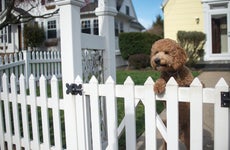
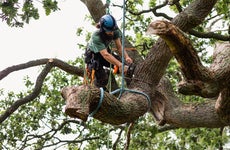
Will my homeowners insurance policy cover tree removal?
